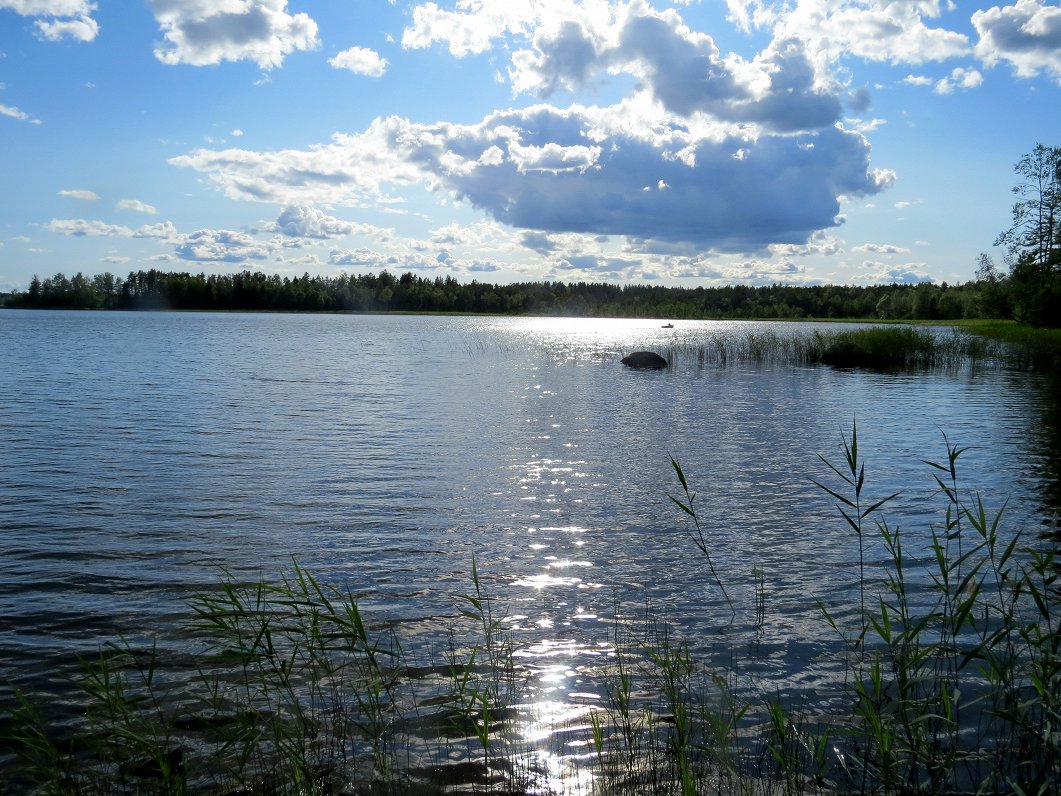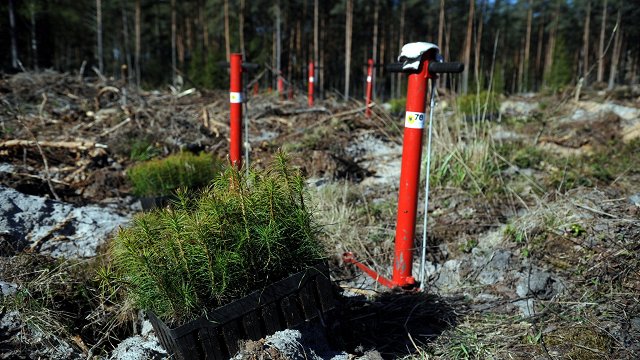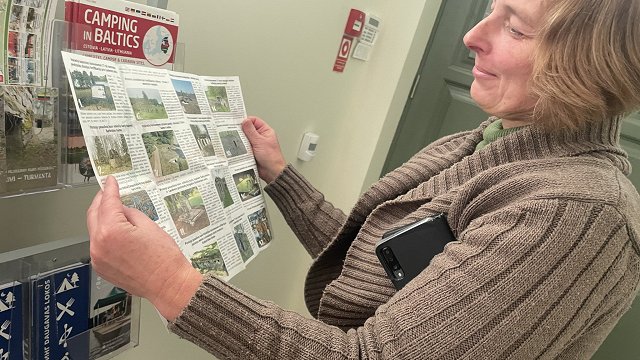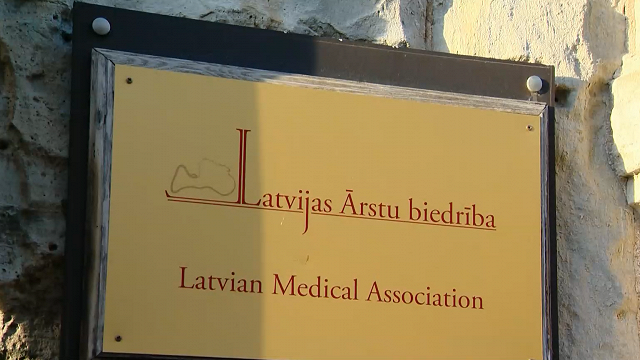DAP noted that several hundred experts have been monitoring rivers totalling 40 000 kilometers in length and at least 2 000 lakes, amounting to a total of more than a hectare, throughout the course of three seasons. The census results so far suggest that 52% of lakes and 38% of rivers in the surveyed areas make excellent habitats. These percentages are significantly influenced by human activity, such as the number of houses which are not connected to the centralized sewerage system, wastewater, and run-offs from agricultural lands. The disappearance of valuable and rare water plants also point to the negative trend. The water lobelia, for example, has disappeared from more than 20 Latvian lakes.
The first data about watercourses shows that half of the river sections surveyed have been turned into ditches in previous decades. A high density of rivers turned into ditches happens to be in the Zemgale region, which has high proportions of arable land.
Lakes and rivers are open systems, and their state and degree of pollution depend upon how the land is being used and the intensity of agricultural activity. In addition, all lakes are poor in nutrients at the beginning of their life cycles, before they grow over and turn into marshes. This process is inevitable, though it should be stressed that it can be accelerated by human actions.
There are five types of habitats in Latvian lakes, each possessing a different degree of sensitivity towards pollution. Nutrient-poor lakes are highly susceptible to any form of contamination and impact. This includes not only the above mentioned factors, but also grazing and logging, composting in water protection zones, swimming in the waters, etc.
“Everyone has to acknowledge that we are part of nature, a link in the chain, and our activities change our surroundings, as the wealth of nature is not infinite and boundless. Freshwater habitats may take decades to form, for example, the growing of valuable plants in the riverbed, which are also loved by fish, and which can be destroyed by human attempts to excavate the riverbed in a matter of hours. Through this survey we are trying to inform landowners about the natural values on their properties, aiming to edify and urge them to preserve these values for future generations,” said Irisa Mukāne, Head of the Nature Survey.
By inspecting freshwater, experts determine their quality and correspondence with habitats of EU importance. “If a habitat of EU importance is discovered during assessment, the landowner (legal possessor) will be informed in writing. Landowners may also access information about the natural capital found on their land via the data management system 'Ozols',” according to the information provided on the webpage of the census.
DAP noted that the “golden fund” of Latvian freshwater are the lobelia lakes, which make up a mere 1% of Latvian lakes. Their clearness is indicated by the freshwater plants that bloom in their waters, such as the water lobelia. Latvia's clearest lakes are the Ummis and the Mazuikas lakes, both of which are, incidentally, the habitats of the water lobelia.
The pristine clearness of the Ummis lake was reasserted this year by the appearance of the water lobelia, which are incredibly sensitive to human-borne pollution. In the last five years, this species has disappeared from more than 20 lakes, and can now be encountered only in around 25 other lakes.
That is why, for thirteen years already, people are counselled not to swim or boat in the lake during the blooming phase of the flower – June 1 to August 15. The survey shows that, despite the widely publicized restrictions and punishment for their violations, there have been many sightings of potential bathers in the vicinity of the lake.
More information on the nature census can be found on www.skaitamdabu.gov.lv.


























